246 SACD / Ludwig van Beethoven: Violin Concerto op. 61 & String Trio op. 3
Description
A soft knock at the door. Who is it? Could it be? - Hopefully it is! - Hidden feelings, longings arise, a sense of who and what it could be, and then the door opens, and it's him – rather than crashing in he enters cautiously, and the reality is even sweeter and more beautiful than imagined - please excuse me giving rein to such unrestrained romanticism, but these are pretty much the associations running through my mind as I listen to this recording. The tapping motif in the timpani and the singing lover are as one: Beethoven's Violin Concerto is chamber music. Daniel Gaede plays unaffectedly without any soloistic pretensions and on the same wavelength as the Polish Chamber Philharmonic Orchestra under Wojciech Rajski. As a prelude rather than an encore, the three brothers in spirit, Daniel, Thomas and Sebastian Gaede play the Serenade op. 3.
2 reviews for 246 SACD / Ludwig van Beethoven: Violin Concerto op. 61 & String Trio op. 3
You must be logged in to post a review.
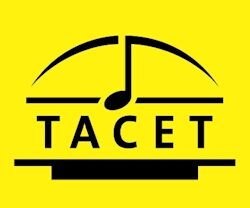
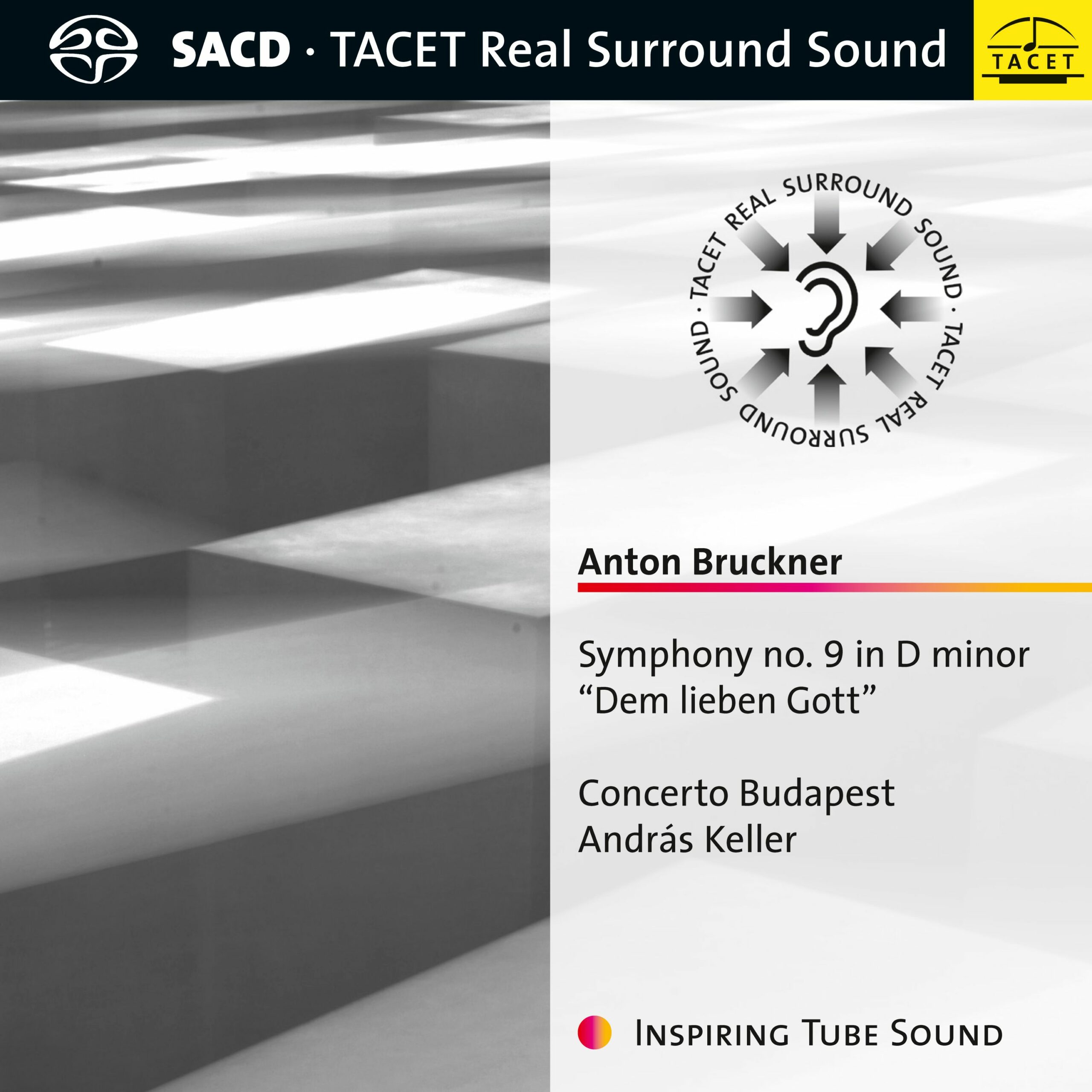
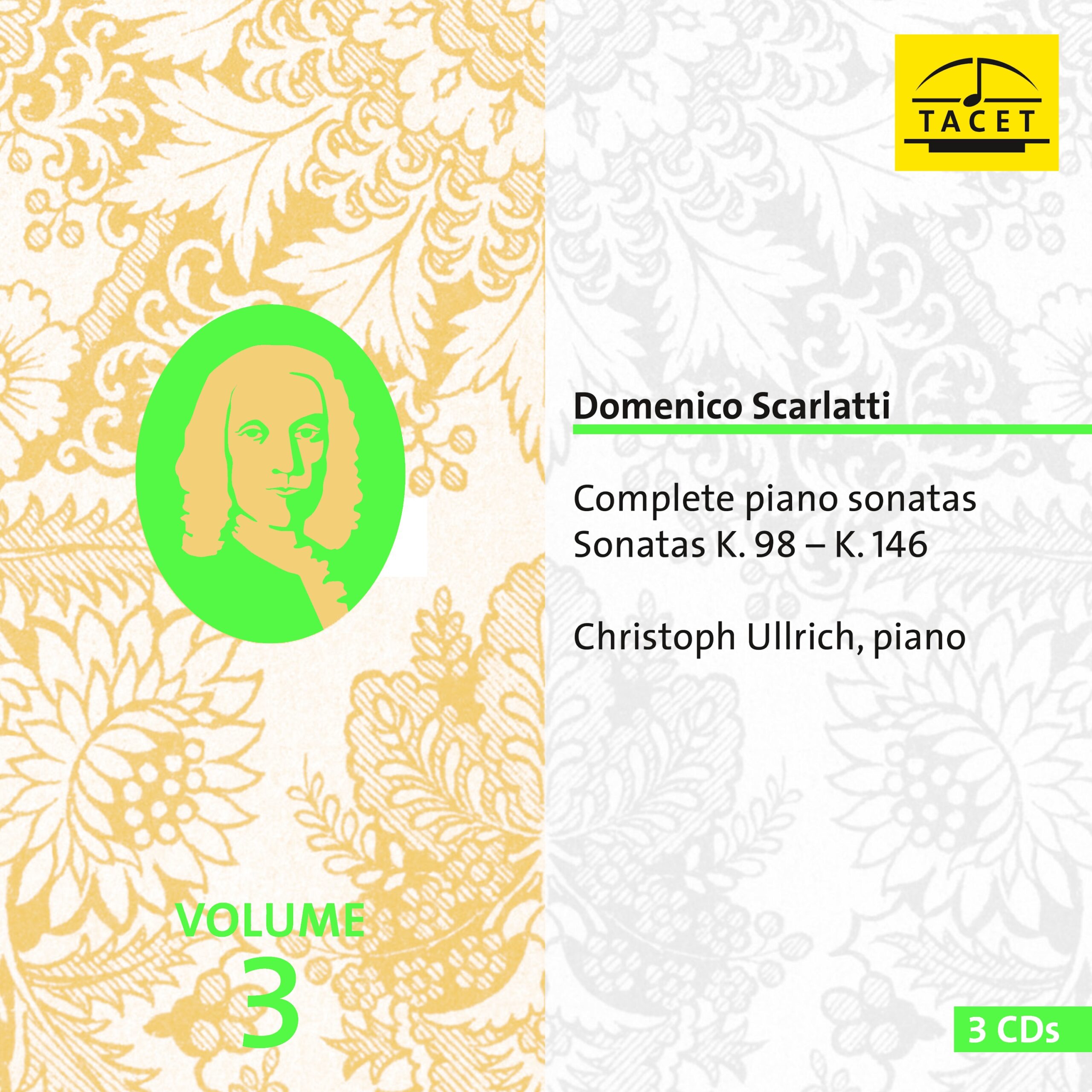
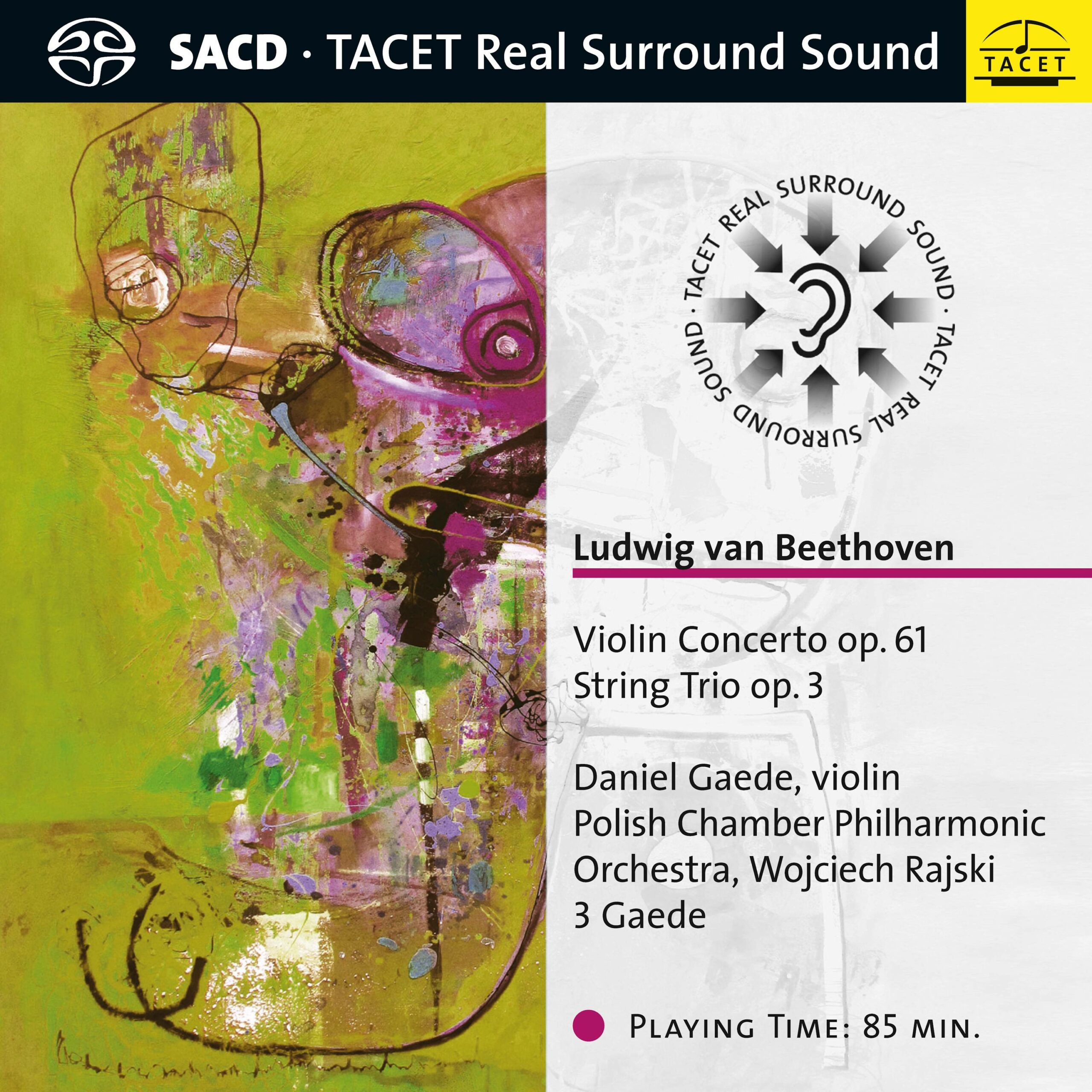
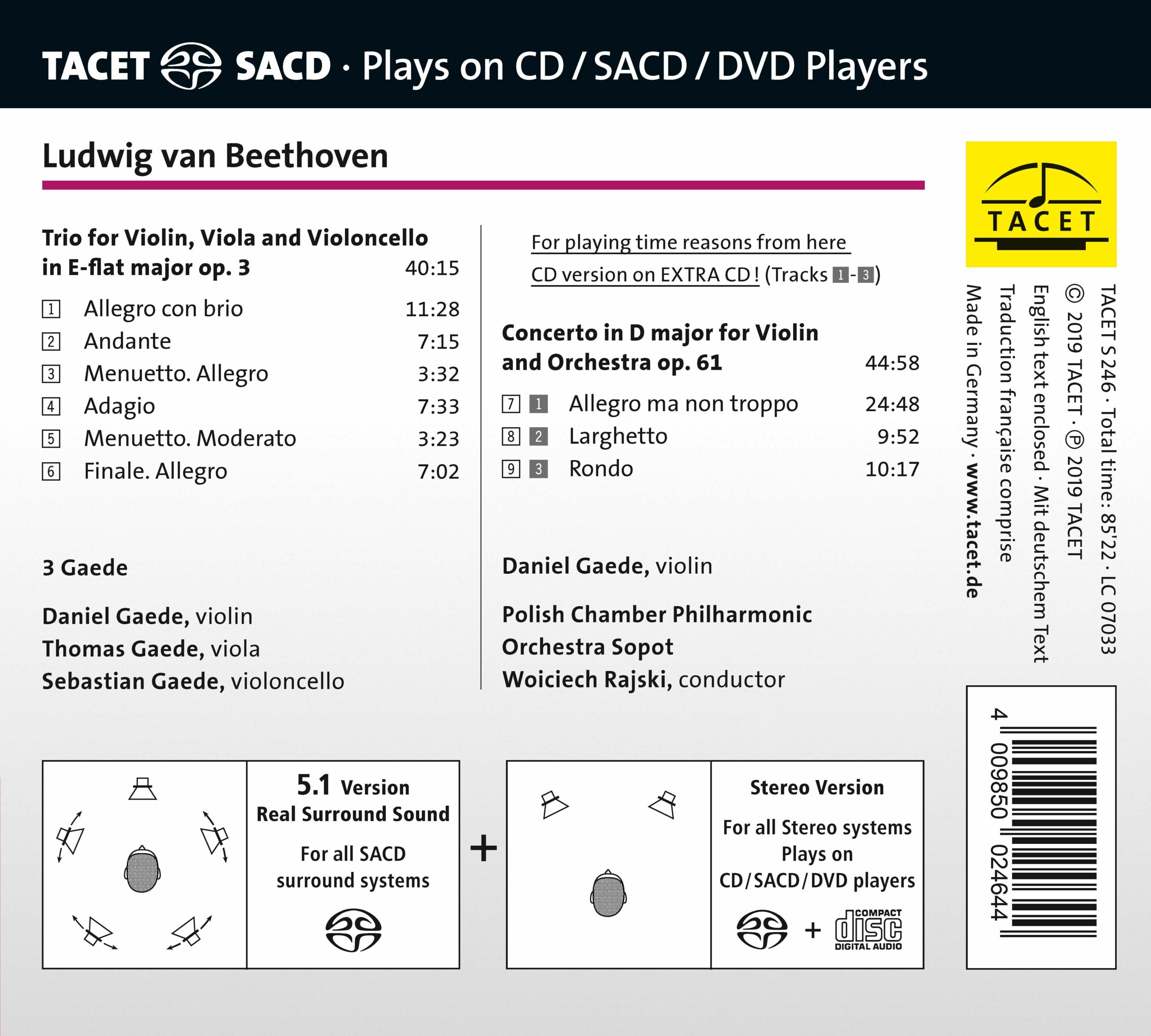
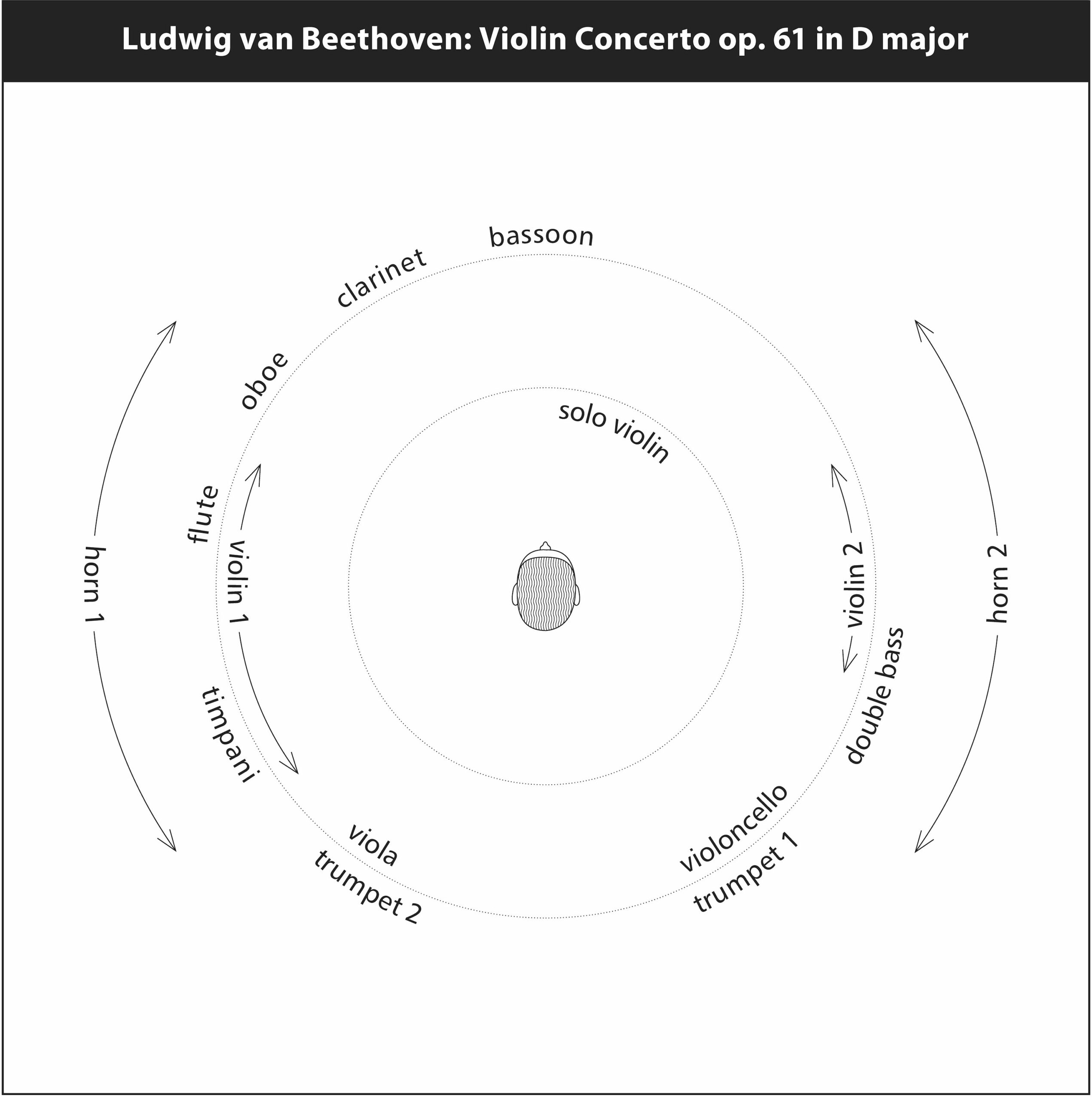
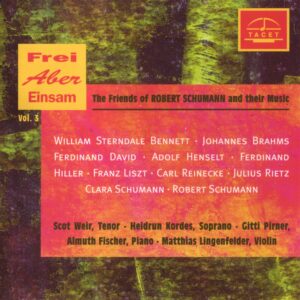
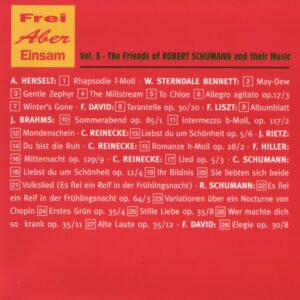
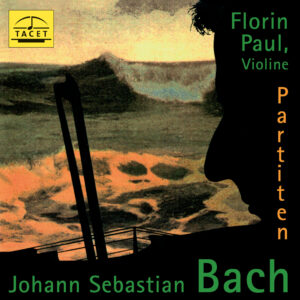
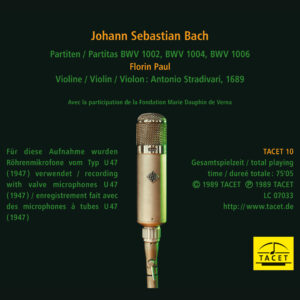
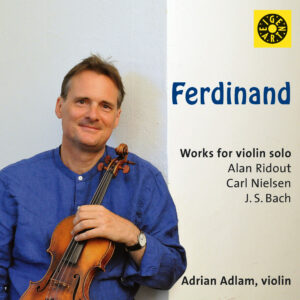
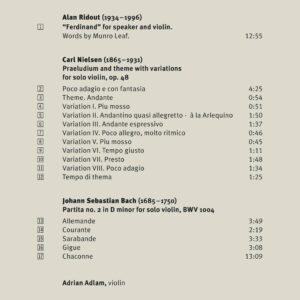
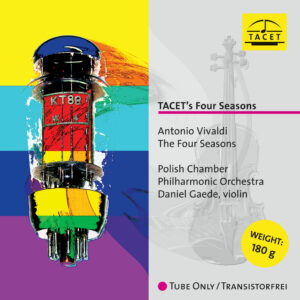
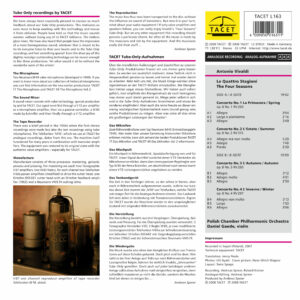
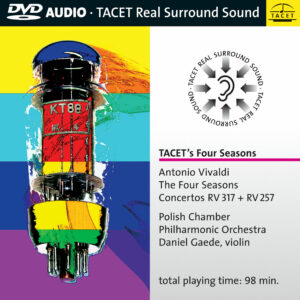
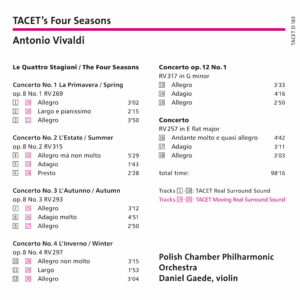
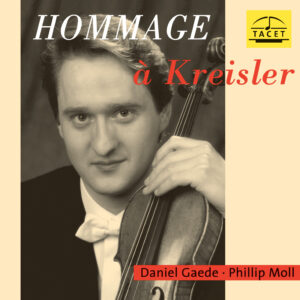
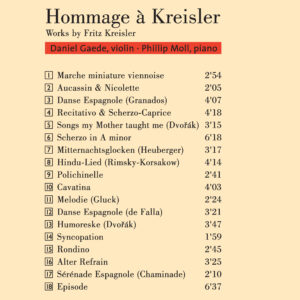
Diapason Magazine no. 694 –
C’est un couplage original que pro-pose Daniel Gaede, ancienviolon solo des Wiener Philharmoniker, souvent entendu au seinde l’excellent trio à cordes qui porte son nom. Il ne s’agit pas cette fois du même ensemble : 3 Gaede est une formation familiale avec ses deux frères, Thomas (médecin) àl’alto et Sebastian (violoncelliste del’orchestre de l’Elbphilharmonie). Sous leurs archets, l’Opus 3 afficheun classicisme élégant. Dans cette vaste page de jeunesse bâtie en six mouvements, non sans filiation avec le célèbre Divertimento KV 563 de Mozart, Daniel Gaede mène le dis-cours de main de maître avec la rigueur qu’on lui connaît. Si elle trouve un bel équilibre entre lyrisme et espièglerie, leur lecture peine toute-fois à apporter un nouvel éclairage. Cela vaut également pour le concerto. La lisibilité de toutes les voix est exemplaire (comme l’équi-libre soliste-orchestre), le discours solidement bâti, dans une esthétique parfaitement classique, le propos, sobre, précis, fermement articulé. Timbres lumineux, intonation superbe, le violoniste déploie une véritable aisance (notamment dans la cadence de Kreisler), porté par un orchestre de chambre homogène. Dans le Larghetto, le chef polonais Wojciech Rajski soutientà la perfection le chant céleste de Gaede. Le finale, un rien rigide etconventionnel, manque toute fois d’imaginationet de liberté pour convaincre pleinement.
Jean-Michel Molkhou
English Translation
Daniel Gaede, former principal violin of the Wiener Philharmoniker and often heard with the excellent string trio that bears his name, proposes an original pairing. This time, however, it's not the same ensemble: 3 Gaede is a family ensemble with his two brothers, Thomas (a doctor) on viola and Sebastian (cellist with the Elbphilharmonie Orchestra). Under their bows, Opus 3 displays an elegant classicism. In this vast six-movement early work, not unlike Mozart's famous Divertimento KV 563, Daniel Gaede leads the discourse with his customary rigor. Although they strike a fine balance between lyricism and playfulness, their reading sometimes struggles to shed new light. The same applies to the concerto. The legibility of all the voices is exemplary (as is the balance between soloist and orchestra), the discourse solidly built, in a perfectly classical aesthetic, the content sober, precise and firmly articulated. With his luminous timbres and superb intonation, the violinist displays genuine ease (particularly in the Kreisler cadenza), supported by a homogeneous chamber orchestra. In the Larghetto, Polish conductor Wojciech Rajski supports Gaede's celestial singing to perfection. The finale, a little rigid and conventional, lacks the imagination and freedom to fully convince.
Jean-Michel Molkhou.
Klassik heute –
--> original review
The Beethoven anniversary year has begun, and in addition to the numerous appropriate concert programs, the composer's jubilee year will also be reflected in CD releases. The violinist Daniel Gaede has now presented a first interesting recording with a double CD on the Tacet label. Even if this is not apparent from the booklet, the combination of the works already suggests to some extent a matter of the heart behind the recording: Gaede combines here one of the composer's first chamber music works, his String Trio in E-flat major, op. 3, with one of his most famous works, the - in the truest sense of the word - unique Violin Concerto in D major, op. 61. For the former, Gaede enlisted the help of his brothers Thomas Gaede (viola) and Sebastian Gaede (cello), known as 3 Gaede. The brothers have been cultivating the rather rarely heard genre of the string trio since their student years. The most renowned musician among them is Daniel Gaede, who not only won numerous prizes after studying with Thomas Brandis, Max Rostal and Josef Gingold, but also achieved an international career as a soloist, chamber musician and - last but not least - concertmaster of the Vienna Philharmonic. While brother Sebastian himself is also active as an orchestral musician in the NDR Elbphilharmonie Orchestra, among others, violist Thomas is actually a full-time physician and musician. But the brothers practice their joint trio playing in a highly professional manner, which is also evident in this recording. Beethoven's six-movement early work, which belongs to the group of five string trios, may still have been written in Bonn and was influenced by the great models Wolfgang Amadeus Mozart and Joseph Haydn. It was their works that made the young Beethoven shy away from the string quartet genre for quite a while - in that case, it would be better to start with only three strings! The 3 Gaede perform the work very intimately and in best interplay, moreover in an always unpretentious manner and with great ease in the dance movements. Daniel Gaede's many years of experience with the Berlin Baroque Soloists certainly plays a role in the interpretive approach, because he keeps it classical in the best sense with his trio: nothing seems exaggerated, thickly applied or romanticized.
The same is true of the second work on the recording, Beethoven's famous Violin Concerto, for which Gaede has sought out the Polish Chamber Philharmonic Orchestra Sopot for accompaniment. Since its founding in 1982 by Wojciech Rajski, the orchestra has made a name for itself and accompanies Gaede here with sonorous, at times even majestic sounds. Gaede's interpretation of the solo part may not offer any great surprises, but it is simply a technically excellent and, moreover, touching interpretation of the work. The middle movement, for example, is a true joy for the ear, in which the dialogue between the soloist and the alternating orchestral groups takes on almost chamber-musical characteristics. The final movement is performed with similar dance-like gallantry as the dance movements of the trio on the first CD. The tempo may seem rather leisurely at first, but this does not detract from the elegance of the interpretation. Especially the solo part, which is increasingly embellished with virtuosity in the rondo parts, succeeds so well audibly and does not seem husky.
Finally, the outstanding and very special recording technique of the Real Surround Sound remains to be mentioned for this birthday serenade for Ludwig van Beethoven. Here, a sophisticated recording technique and balance gives the listener at home the impression of sitting in a concert hall. This works not only with the chamber music instrumentation of the string trio, but also with a full orchestra. A real listening pleasure for the home and a recording that whets the appetite for the Beethoven year.
Verena Düren